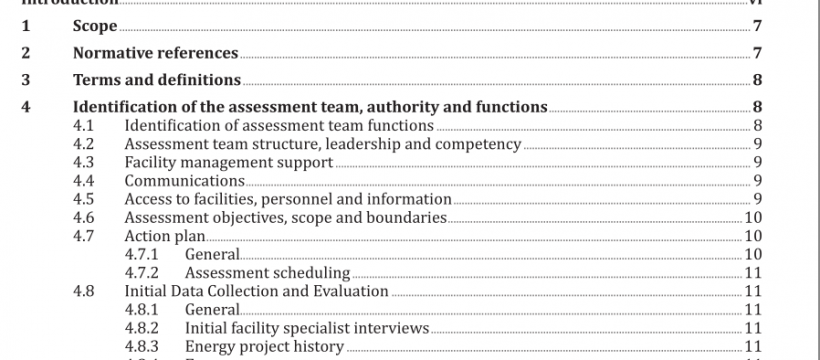ASME 14414:2015 pdf free download
ASME 14414:2015 pdf free download.Pump system energy assessment
Opportunities based on changing system run time are often used where the system requirement is dominated by friction head. Such uses include, but are not limited to:
— pumps/lift stations,
— systems with electric rates that change based on time of use or have a demand component,
— systems that run when the process is not operating. Often a recirculation loop is employed rather than turning a pump off when flow is not needed,
— systems with multiple parallel pumps that are running more pumps than necessary to fulfil the process demands.
A good practice to enhance pumping efficiency is to monitor specific energy (see Annex F).
In most instances pumping capacity is larger than needed. This is especially true in applications involving storage, for example filling up tanks in industrial applications, pumping down wet wells or filling up reservoirs in municipal applications. The pumps are started and stopped by the liquid level in the wet well or the tank/reservoir. Lower flow rates will mean an increased run time but on the other hand lower flow rates will result in savings due to the reduced friction losses.
In installations with high demand changes lowering flow rates could mean lower power demand and hence cost savings can be achieved. (This does not always mean that energy savings are achieved).
In many applications pumps may run longer than necessary. Examples of such applications are multiple pumps running in parallel and producing more flow than necessary. This is not uncommon in applications involving cooling towers and chillers. The operators are not switching pumps off when they could be turned off, but let them run even if they are not needed. This situation can be recognized by measuring the temperature difference over the cooling tower/ heat exchanger. If the temperature difference is lower than optimal, the flow rate is too high. In such a situation, one or more pumps could be turned off or the capacity might be lowered by changing the speed of the pump(s).
ASME 14414:2015 pdf free download
